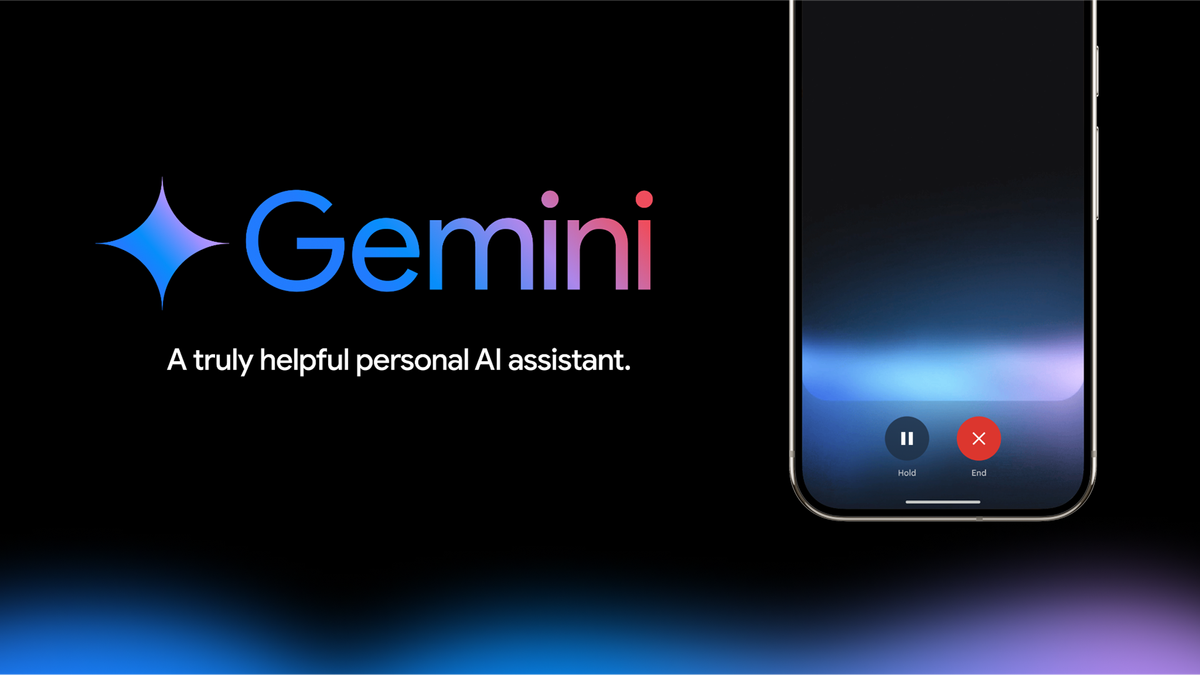Every IT leader knows that the demand for technology talent remains high.
Across the UK, half of all technology hiring managers plan to increase their headcount over the next year. Within certain sectors – including financial services, e-commerce and fintech – demand is through the roof. Meanwhile, hiring costs are significant, both when it comes to onboarding and training new employees and losing the institutional knowledge that existing employees take with them when they take on a new role.
For IT leaders, that means attracting and retaining talent is a key strategic priority as we move into 2024.
Of course, with salaries on the rise and remote work opening up talent to offers not only from local competitors, but also from companies around the world, maintaining staff can seem like an uphill struggle.
Part of the solution lies in increasing the available skill set. That's why I'm a big supporter of programs like CodeYourFuture, which equips refugees and displaced people with advanced engineering skills. It's a win-win in the best way: those who need it most get a foot on the ladder to a rewarding career, while organizations across the country gain access to incredible new talent.
But aside from attracting new hires, what can you do to keep existing teams happy? Speaking from experience, the best developers, engineers, and other tech specialists tend to be motivated not by benefits, but by productivity and access to best-in-class tools.
Empower technology teams to make an impact
Technology and IT employees tend to be the problem solvers. They want to immerse themselves in a challenge, discover how things work (or why they don't work), and create new innovations. That requires a high level of collaboration, but it also means they don't want to get bogged down in processes or get lost searching for important information while switching between their many tools.
However, all too often, our teams are unable to focus on the work that really matters to them. Overall, more than half of employees report being relatively unproductive at work. And that leads to disengagement, lack of motivation, and, yes, the likelihood that they will start looking for a productive environment elsewhere.
Senior Director of Engineering, Slack.
To make productivity a differentiator for your business, you need to give your technology teams the right platforms and processes to make an impact, without getting bogged down in administration and endless context switching between tools. There are several ways to do this, and integrating your tools into a single platform is an important first step.
Instead of spending hours switching between Jira and your email inbox, or a helpdesk and video calling software platform, keeping everything integrated can help technical teams stay on top of the latest notifications from a single platform. productivity. They can even take action (for example, close a ticket) without leaving the platform. That means fewer headaches from opening and closing two dozen windows and a hundred tabs, and more time to focus on solving problems.
Focusing on smart productivity
From those integrations, you should think about how you can help automate certain tasks for your technology teams. This could include setting up automations for file sharing, invitations to ongoing meetings, and access to the appropriate communication channels for a new employee, all with a single click. Or, you could automatically notify a specific team member when a certain ticket is raised. Another example would be to automatically collect survey feedback at the end of a quarter. The sky is the limit: Today, creating and implementing automations is easier than ever.
All of this can be used to help your technical team spend less time on mundane comings and goings and more time on engaging work. In other words, it creates a more attractive workspace.
Meanwhile, with the rise of generative AI, this era of intelligent productivity will evolve further: from AI-powered code reviews to smarter search features that help people find key information faster.
While that means more opportunities for engaging work that keeps teams motivated and happy, it also means that companies that don't focus on tech productivity will likely fall even further behind in the race for talent.
Preparing technology teams for success
Competition for technological talent will always be tough. To take the pressure off that search, you need to create an environment that not only attracts amazing new hires, but also serves your existing team and helps them prepare to make an impact.
That starts with looking at what really attracts tech employees: problem-solving, clarity about their role, and the ability to act quickly. By removing barriers to these priorities, starting with tool integration and process automation, IT leaders can give technology specialists what they really want: a workplace that frees them to focus on work for the future. who were hired.
We have listed the best productivity app for iOS..
This article was produced as part of TechRadarPro's Expert Insights channel, where we feature the best and brightest minds in today's tech industry. The views expressed here are those of the author and are not necessarily those of TechRadarPro or Future plc. If you are interested in contributing, find out more here:









